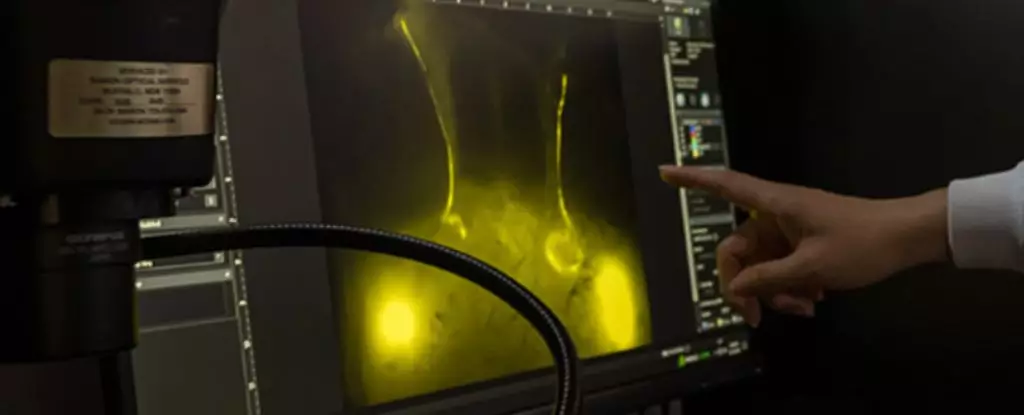The use of a drug typically used to induce labor has been found to have unforeseen benefits in protecting the aging brain from the build-up of toxic waste that can contribute to neurodegenerative diseases such as Alzheimer’s. This drug, prostaglandin F2α, which mimics hormones, is commonly used to stimulate smooth muscle contractions in the uterus during childbirth. However, new research conducted by scientists at the University of Rochester in the US has shown that this same drug can have a profound impact on the brain’s waste removal system.
In experiments on rats, researchers observed that the administration of prostaglandin F2α triggered contractions not in the uterus, but in the lymphatic vessels of the neck. These vessels act as ‘pumps,’ pushing fluid from the brain into the lymph nodes for cleansing. With age, the efficiency of this system decreases, leading to a build-up of waste in the brain. Older rats were found to have a 63 percent slower drainage of cerebrospinal fluid (CSF) compared to younger rats.
The glymphatic system, as it is known, was only discovered in 2012 in a study on mice and has since been found to exist in humans as well. This system plays a crucial role in clearing out waste from the brain and spinal cord, preventing the accumulation of toxic byproducts. Disruptions in the glymphatic system have been linked to various inflammatory brain conditions, including Alzheimer’s disease and Parkinson’s disease.
Using prostaglandin F2α to target the lymphatic vessels in the neck, researchers were able to restore the flow of CSF in older rats, essentially rescuing the brain’s ‘sewage system.’ This promising result suggests that this drug, already approved for clinical use, could be a potential treatment for age-related cognitive decline and neurodegenerative diseases in humans. By improving the clearance of waste from the brain, prostaglandin F2α holds the potential to prevent or delay the onset of debilitating conditions.
While the findings of this study are promising, more research is needed to determine the efficacy and safety of using prostaglandin F2α in humans. Scientists are still uncovering the complexities of the glymphatic system and its role in maintaining brain health. New discoveries, such as additional networks of channels through which CSF flows and hidden waves that facilitate fluid movement, continue to expand our understanding of brain anatomy and function.
The discovery of the potential of prostaglandin F2α in protecting the aging brain represents a significant advancement in neurology and neurodegenerative disease research. By targeting the glymphatic system, researchers have identified a promising avenue for developing novel treatments for conditions like Alzheimer’s and Parkinson’s. While there is still much to learn about the intricacies of the brain’s waste clearance mechanisms, the future of neuroscience holds exciting possibilities for improving brain health and quality of life.


Leave a Reply